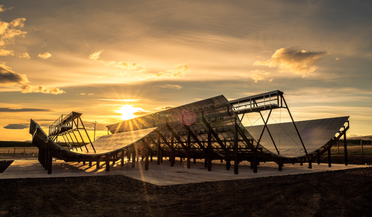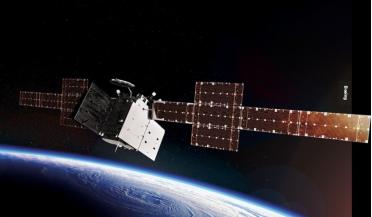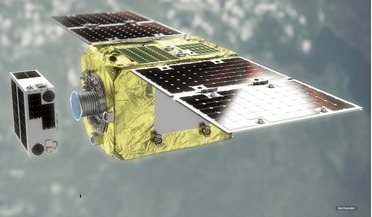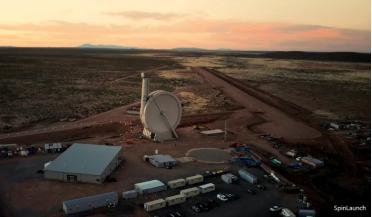 16 October 2019
LeoLabs unveils Kiwi Space Radar
16 October 2019
LeoLabs unveils Kiwi Space Radar
... threat of collisions that have never before been tracked in LEO,” said Michael Nicolls, co-founder and LeoLabs Chief Technology Officer...: Automated search capability. As LeoLabs builds out the LEO catalog of the future, the KSR provides the ability...
 October 2025
Satellite technology - from operational challenges to strategic opportunities
October 2025
Satellite technology - from operational challenges to strategic opportunities
... future of satellite systems lies in hybrid architectures that combine different orbital regimes, platform types and capabilities. LEO constellations provide low signal delays and frequent revisit rates, while GEO satellites offer persistent coverage...
 February 2019
The Space Elevator – an alternative path to space?
February 2019
The Space Elevator – an alternative path to space?
... 10 times its speed, or about Mach 23. Launching to LEO, rockets burn through 17 kWh/kg within a couple of minutes...The space shuttle carried only one train-wagon-equivalent payload to LEO, around 27.5 metric tons (mt), or 1.4 percent of total rocket...
 September 2021
Developing an in-orbit servicing and manufacturing economy
September 2021
Developing an in-orbit servicing and manufacturing economy
... into some IOS missions. NASA’s OSAM-1 mission, for instance, is designed to demonstrate the refuelling of an unprepared US satellite in LEO, but with a budget of well over $220 million it does not represent a commercially viable solution for future...
 July 2019
Aggression in outer space – time for action
July 2019
Aggression in outer space – time for action
... hundreds, maybe even thousands, of micro and nanosatellites to LEO will increase the density of active space objects that will ...Earth observation programme which operates several Sentinel satellites in LEO. If Europe can get its act together on space...
 April 2025
Catapult to orbit - will David finally defeat Goliath?
April 2025
Catapult to orbit - will David finally defeat Goliath?
... Earth’s atmosphere and already a significant fraction of the distance to LEO. Its approach is based on a catapult not at all dissimilar ...a rocket engine ignites and propels the cargo to LEO. The catapult system effectively replaces the first stage ...